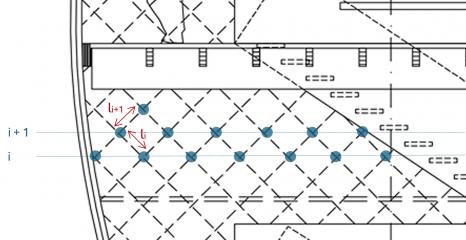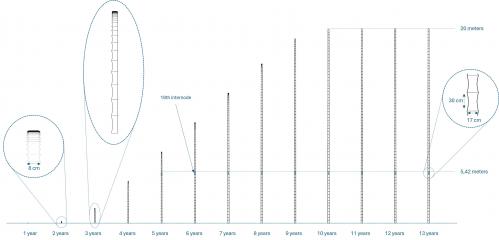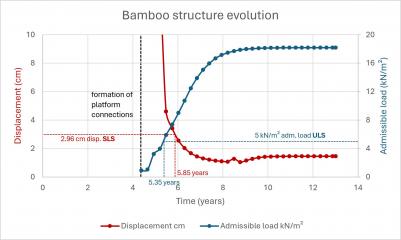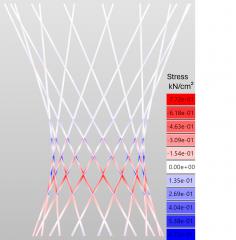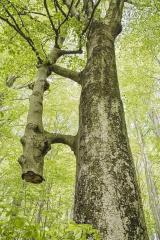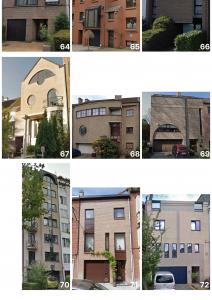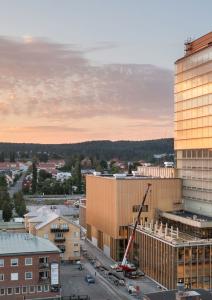Computational Study of Baubotanical Structures

How to develop a simplified numerical model representing the growth and structural performance of living plant structures for their design?
This master’s thesis investigates the feasibility of using living plants as load-bearing structures through computational simulation using the finite element method. The main objective is to assess whether Baubotanical structures can withstand loads for serviceability purposes and to develop a methodology for designing with living plants. Foundational data on plant biomechanics and growth evolution were initially gathered to build simplified growth and structural parametric models focused on three plant species: Phyllostachis edulis, Salix alba L., and Hedera helix L. These models were subsequently applied in distinct projects for each plant. The analysis of differences among the plants and their applications led to the conclusion that constructing with living plants is feasible from a structural strength and stiffness perspective. However, compared to traditional construction methods, these structures require a longer implementation period, have a shorter service life, and demand extensive maintenance. Despite these challenges, their contribution to sustainability — particularly their capacity to absorb CO2 from the atmosphere, although modest — justifies further research in this area.
Keywords:
Living architecture - Baubotanik, Plant biomechanics, Plant growth, Finite Element Method, Parametric design
- Academic year
- 2024-2025
- Date of defense
- 20 June 2024
- Theme
- data science, nature-based design, digital tools
- Director 1
- Peter Z. Berke (ULB)

